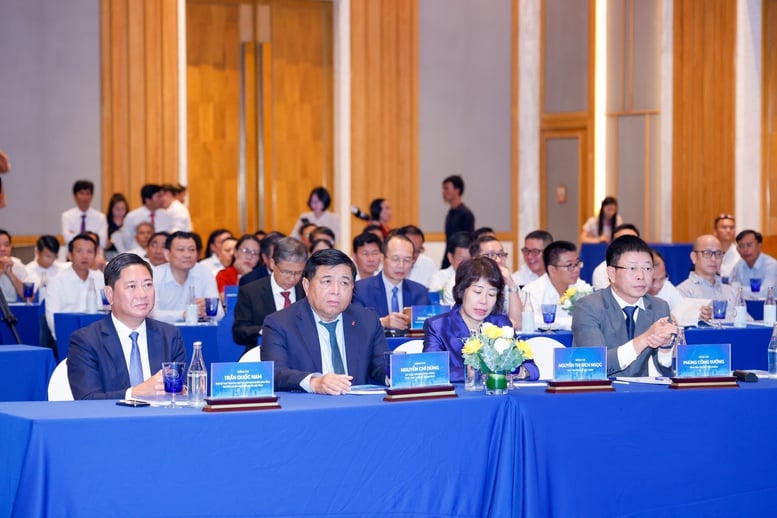
The workshop was attended by Deputy Prime Minister Nguyen Chi Dung, representatives of the Ministry of Finance , Home Affairs, Justice, Construction, experts and many large enterprises - Photo: VGP/Thu Sa
Laying the foundation for vision 2030
On July 25, Khanh Hoa Provincial People's Committee chaired the workshop " Khanh Hoa - Realizing the vision of a centrally-run city - Breakthrough in the new era".
The workshop was attended by Deputy Prime Minister Nguyen Chi Dung, representatives of the Ministry of Finance, Ministry of Home Affairs, Ministry of Justice, Ministry of Construction, experts and many large enterprises in important fields. This is an important forum. The goal is to evaluate achievements, identify challenges and propose solutions for Khanh Hoa.
The two main discussion sessions included: "Unblocking mechanisms and policies for Khanh Hoa to realize its vision" and "Resources and opportunities for Khanh Hoa to achieve breakthrough growth". The opinions emphasized the province's potential and advantages; a clearer development roadmap.
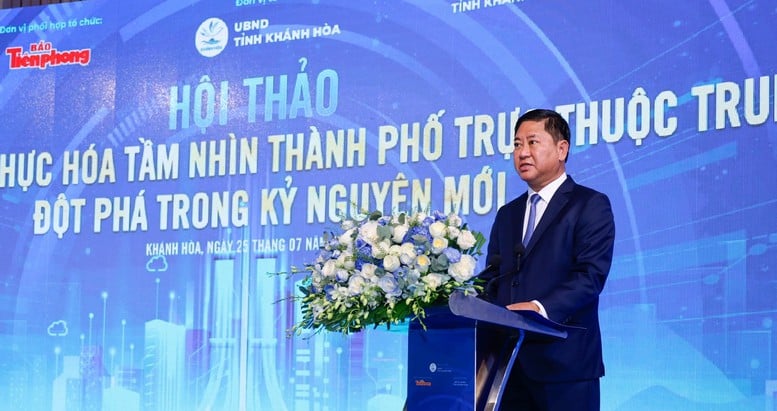
Chairman of the Provincial People's Committee Tran Quoc Nam speaks at the Workshop - Photo: VGP/HT
Speaking at the workshop, Chairman of the Provincial People's Committee Tran Quoc Nam said that the province's goal of becoming the 7th centrally-run city in the country is gradually becoming a reality. After administrative reorganization, the province's development space has been expanded; potentials and advantages have been combined. The province has formed a dynamic multi-sector economic region with close links.
In the period of 2021-2025, Khanh Hoa's economy will grow by 8% or more per year. The scale of the economy after the restructuring will reach more than 175 trillion VND. Mr. Nam affirmed that the province must remove 3 bottlenecks: strategic infrastructure, human resource quality and handling long-standing backlog projects.
Vice Chairman Tran Hoa Nam further emphasized that by 2030, the province will comprehensively evaluate the criteria; at the same time, maintain and improve the achieved criteria. Khanh Hoa is oriented to become a smart, dynamic, and unique urban area.
In particular, the province prioritizes the development of core urban areas. Nha Trang and its surrounding areas are the central core urban areas. Phan Rang is the southern core urban area. Cam Ranh is oriented to become a logistics tourism urban area. Cam Lam is developed into a modern, ecological, international-standard airport urban area. Van Ninh becomes a high-class coastal tourism urban area. Ninh Hoa is positioned as an industrial urban area. Dien Khanh is developed into an ecological, traditional cultural urban area.
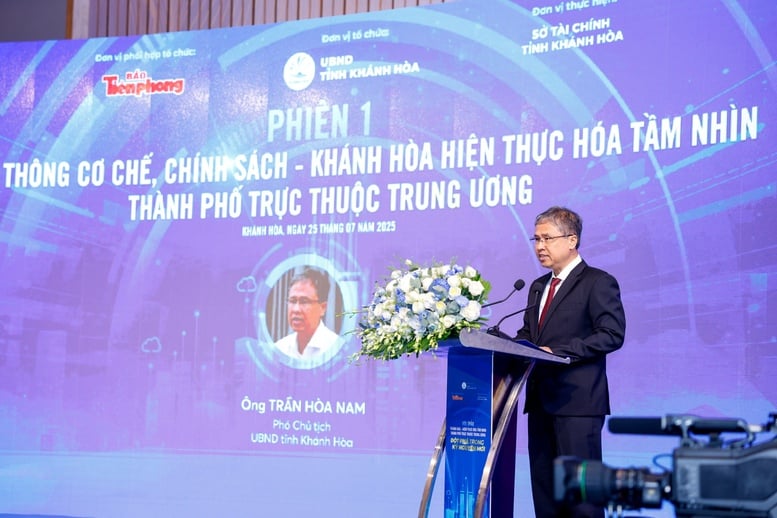
Mr. Tran Hoa Nam, Vice Chairman of Khanh Hoa Provincial People's Committee, speaking - Photo: VGP/HT
Growth model innovation and comprehensive reform
Mr. Nghiem Xuan Thanh, Secretary of Khanh Hoa Provincial Party Committee, affirmed that Khanh Hoa develops based on four main driving forces: industry, energy, tourism and urban areas. The province has shifted its management mindset from administration to service. The satisfaction of people and businesses is both the goal and the measure of the effectiveness of the entire system.
Implementing Resolution No. 01 of the Government, the province sets a target of double-digit growth in the 2025–2030 period.
In terms of industry, the province focuses on developing both breadth and depth. The goal is to participate more deeply in the global supply chain. The province expands the production of key products with key industries including processing, high-tech manufacturing, energy, electronics, telecommunications, and semiconductors. Khanh Hoa is oriented to become a national renewable energy center. Coastal and offshore wind power, solar power, LNG power, green hydrogen energy, and nuclear power are the pillars.
Tourism and services are developed in a diverse and high-quality manner. Digital transformation and innovation are prioritized. Nha Trang and Vinh Hy are centers of sea tourism and relics. Bac Van Phong is oriented to become an international-class sea tourism urban area. Northern Cam Ranh peninsula and Ninh Chu are positioned as national tourist areas. The province exploits biosphere reserves and national parks such as Nui Chua and Phuoc Binh. Ecotourism destinations include Khanh Son, Khanh Vinh, Tam Giang lake, Song Trau lake, Song Sat lake, etc. The goal is to increase tourism growth by 15% per year and expand the international market.
Provincial leaders emphasized that administrative reform is considered a key driving force. Khanh Hoa strives to be in the top 10 localities with the highest PCI, PAPI, PAR INDEX, and DTI indexes in the country. The province simplifies administrative procedures. In which, e-government and digital transformation are prioritized. The province takes advantage of special mechanisms to attract strategic investment, strengthen economic diplomacy, and encourage socialization in culture and society.
The private sector is identified as an important driving force. Small and medium-sized enterprises are supported to access resources, capital and high-quality human resources. The province selects FDI projects with commitments to transfer technology and modern management. Khanh Hoa aims to bring enterprises in the province to participate in the global value chain.
Regarding human resources, the province improves the effectiveness of public service implementation. The staff and civil servants are evaluated by KPI. The province promotes decentralization and clearly controls power.
"Khanh Hoa links growth with social security and the environment, develops an inclusive social security system, develops job exchanges, social infrastructure and cultural institutions in economic and industrial zones...", said Mr. Tran Hoa Nam.
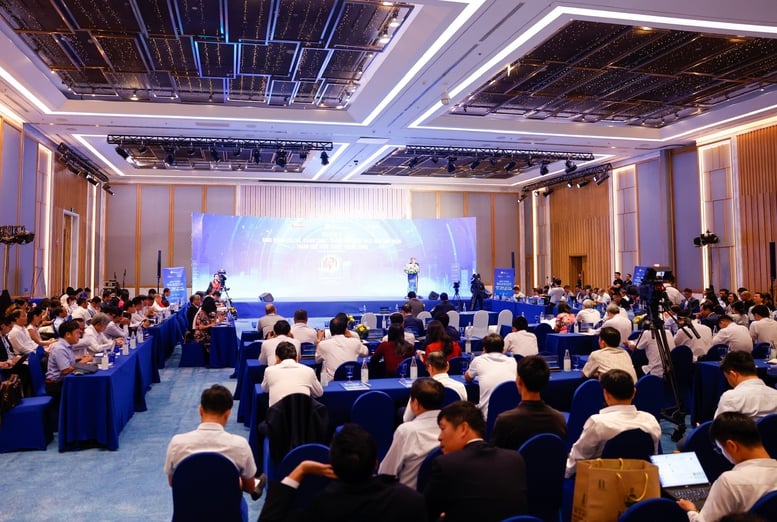
Workshop "Khanh Hoa - Realizing the vision of a centrally-governed city - Breakthrough in the new era" - Photo: VGP/HT
At the workshop, representatives of the Ministry of Construction highly appreciated the Provincial Planning for the period 2021-2030, with a vision to 2050. The planning organizes the urban system into 3 main clusters: Nha Trang - Phan Rang - Thap Cham as the administrative, service, scientific and tourism center; Cam Lam - Cam Ranh - Thuan Nam as the center of logistics, clean industry and coastal tourism; Khanh Son - Bac Ai as a buffer ecological zone, nature conservation and community tourism development.
Transport infrastructure has been invested synchronously, the North-South expressway has been expanded. The coastal axis connecting from Van Ninh to Thuan Nam has been formed. Bac Van Phong deep-water port and Ca Na general port have been upgraded. Cam Ranh international airport has been modernized. The province has studied the civil exploitation of Thanh Son airport. The east-west connecting routes from the coast to the Central Highlands have also been expanded.
Khanh Hoa is a pioneer in digital transformation in urban management with platforms such as GIS, smart operations, traffic monitoring and shared data being deployed. This is the foundation for digital government and smart cities.
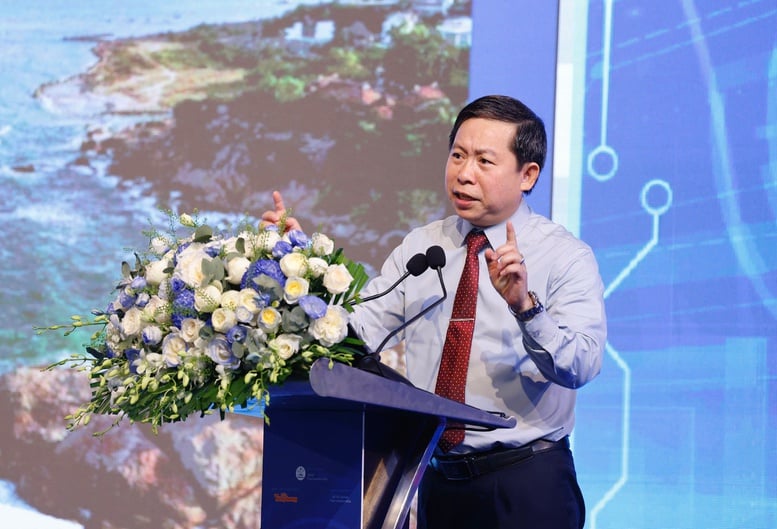
Associate Professor, Dr. Nguyen Tan Vinh, Deputy Director of the Academy of Politics Region II - Photo: VGP/HT
Associate Professor, Dr. Nguyen Tan Vinh, Deputy Director of the Academy of Politics Region II, assessed: Khanh Hoa has improved public administration and governance in the recent period. The "30 days without paper" initiative and the rate of on-time records reaching 98-99% show its effectiveness. Associate Professor, Dr. Nguyen Tan Vinh suggested that the province should continue to perfect its specific institutions, standardize processes, improve staff capacity and expand social consultation mechanisms.
Proposing some solutions to improve modern state governance capacity in Khanh Hoa , Associate Professor, Dr. Nguyen Tan Vinh believes that: It is necessary to clearly decentralize power, grant autonomy in planning, finance and personnel so that the province can proactively manage and flexibly receive support from the Central Government. Pilot models of governance, not only in economics but also in administration, construction, environment, human resources, etc., should be implemented in Van Phong economic zone, before being expanded.
According to Associate Professor Dr. Nguyen Tan Vinh, digital government is the pillar in modernizing public administration. To do this, Khanh Hoa needs to invest heavily in information technology infrastructure, the key task is to integrate databases on administration, land, population, businesses and operations onto a unified platform.
The province needs to invest in feedback receiving platforms such as GovApp, Call Center, Chatbot to process information quickly; establish a mechanism to publicly and transparently disclose data on budget, bidding and recruitment.
" Although Khanh Hoa has had positive changes in the PAR, SIPAS, and PAPI indexes, the province still needs to continue to promote specific institutional reforms, invest in digital government, improve staff capacity, and build a transparent monitoring mechanism. The goal is not only to become a centrally-governed city in terms of administration, but also to become a modern, transparent, and effective development center in governance practices," Associate Professor, Dr. Nguyen Tan Vinh emphasized.
Huy Thang
Source: https://baochinhphu.vn/khanh-hoa-doi-moi-mo-hinh-tang-truong-don-co-hoi-phat-trien-vuot-bac-102250725110622541.htm


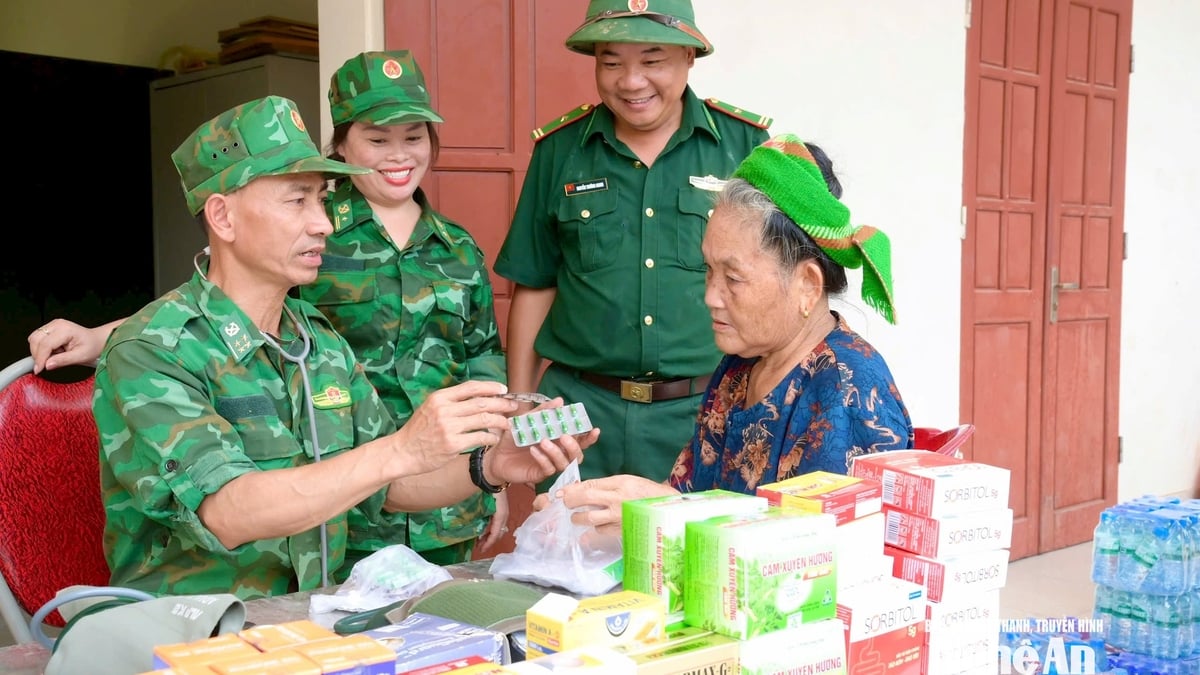
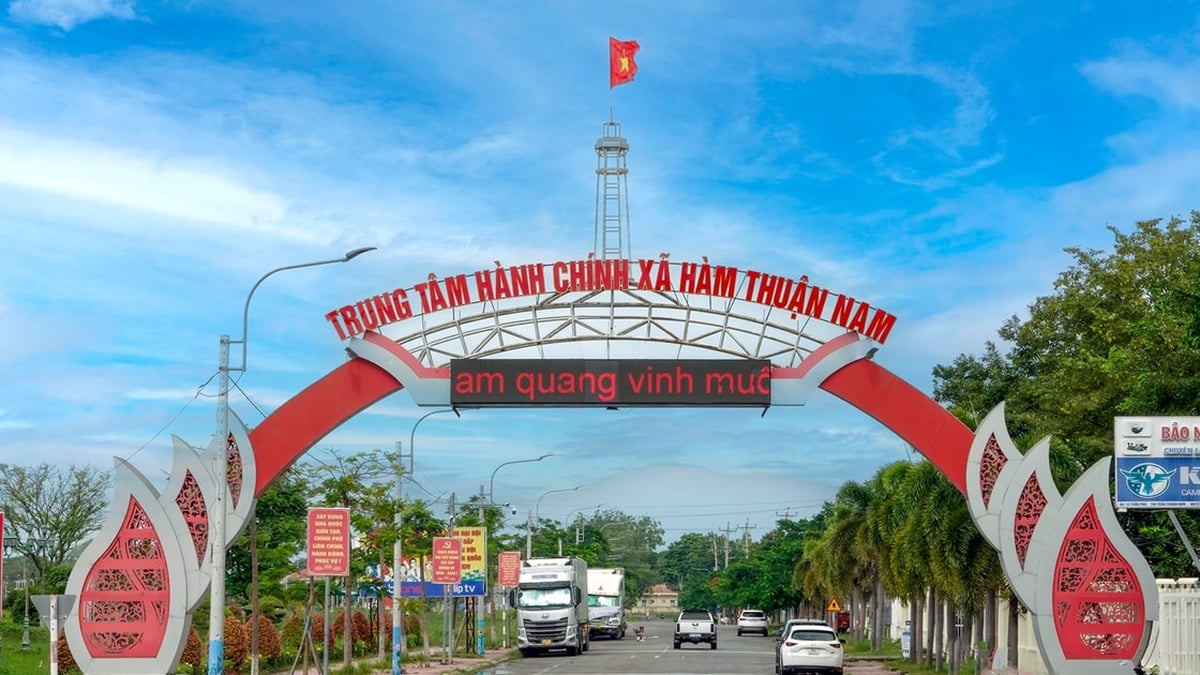
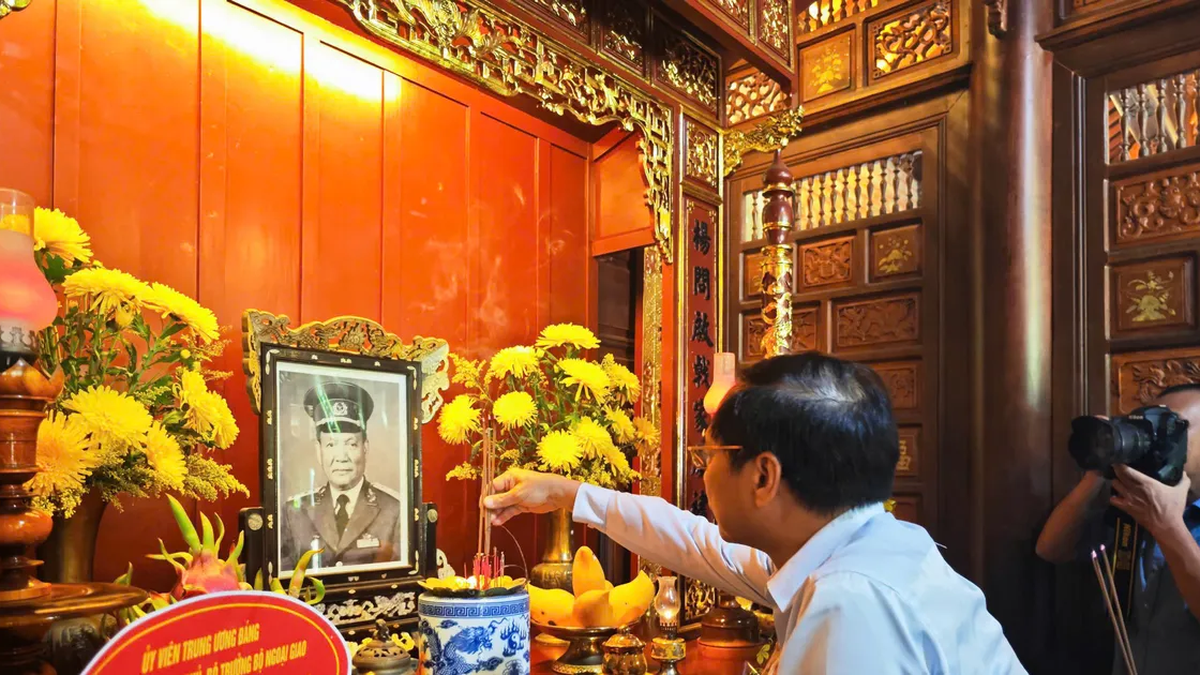
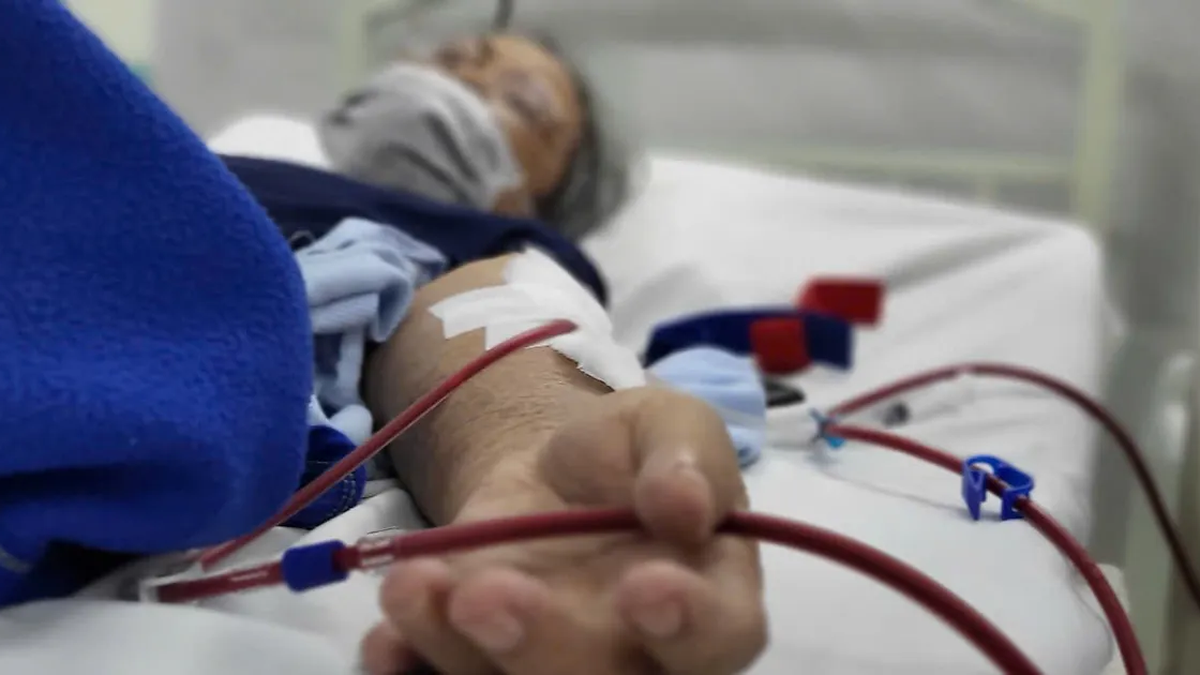
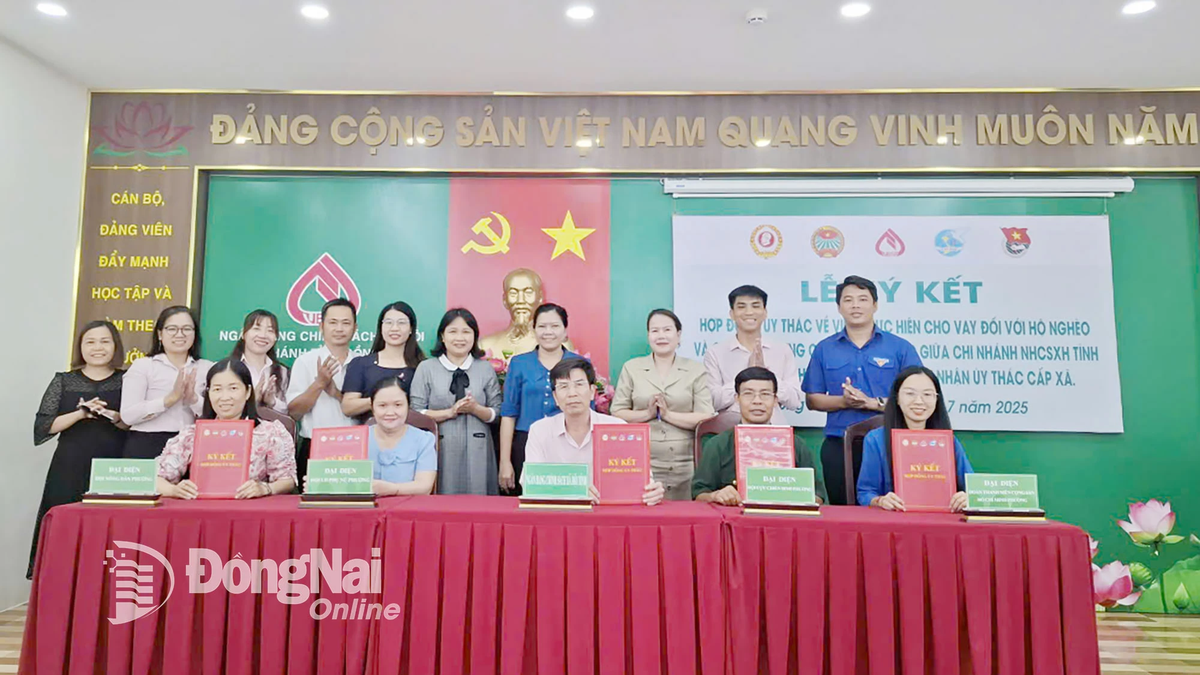
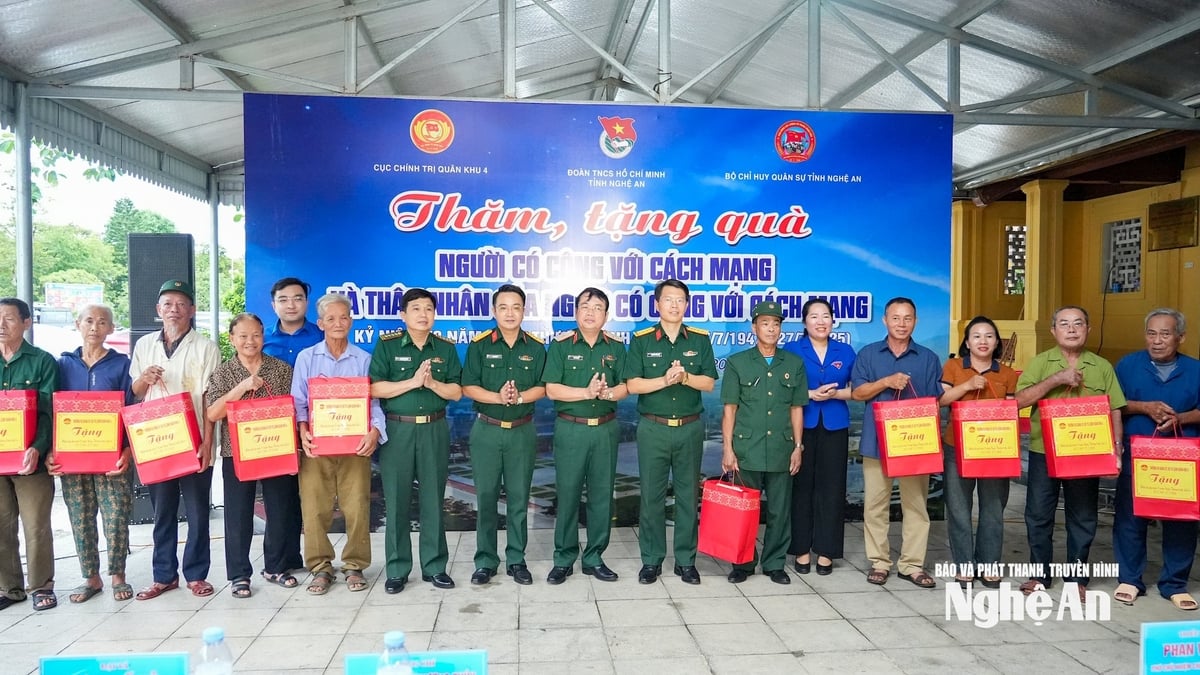


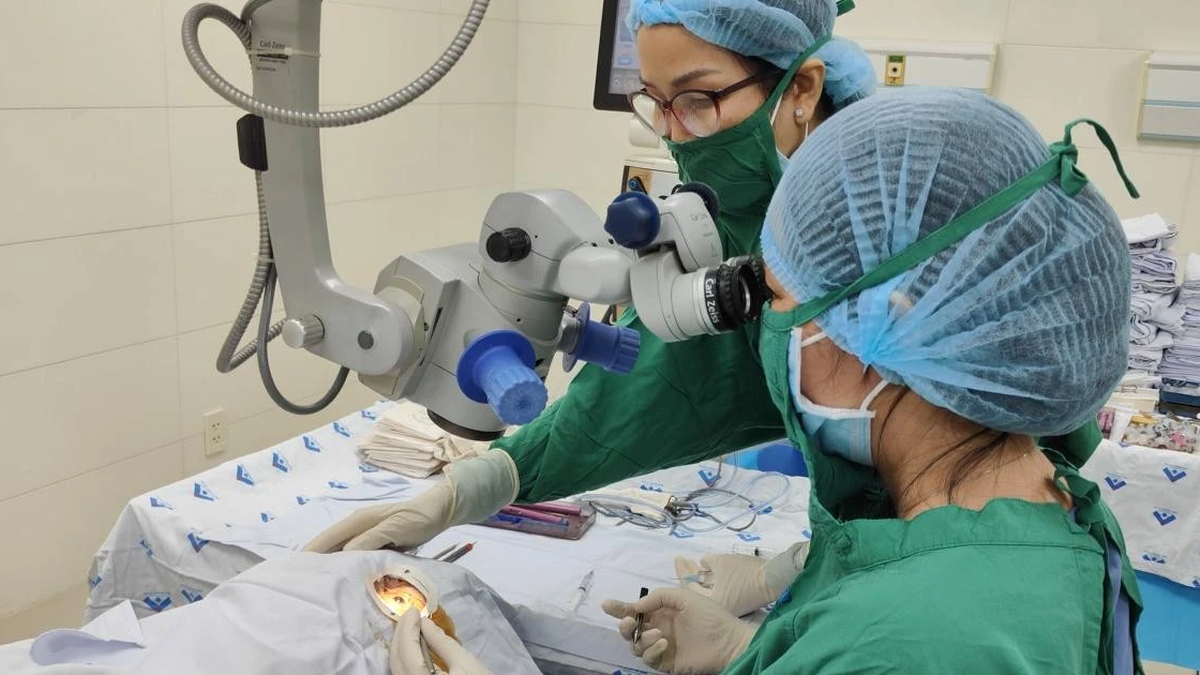
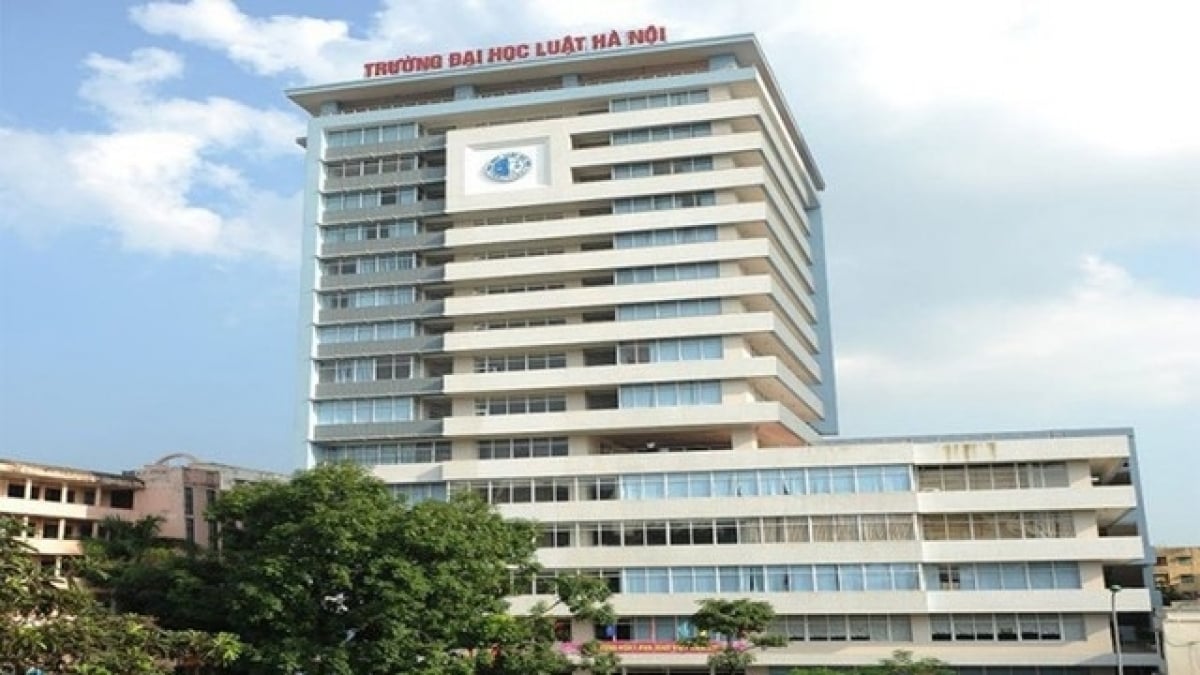










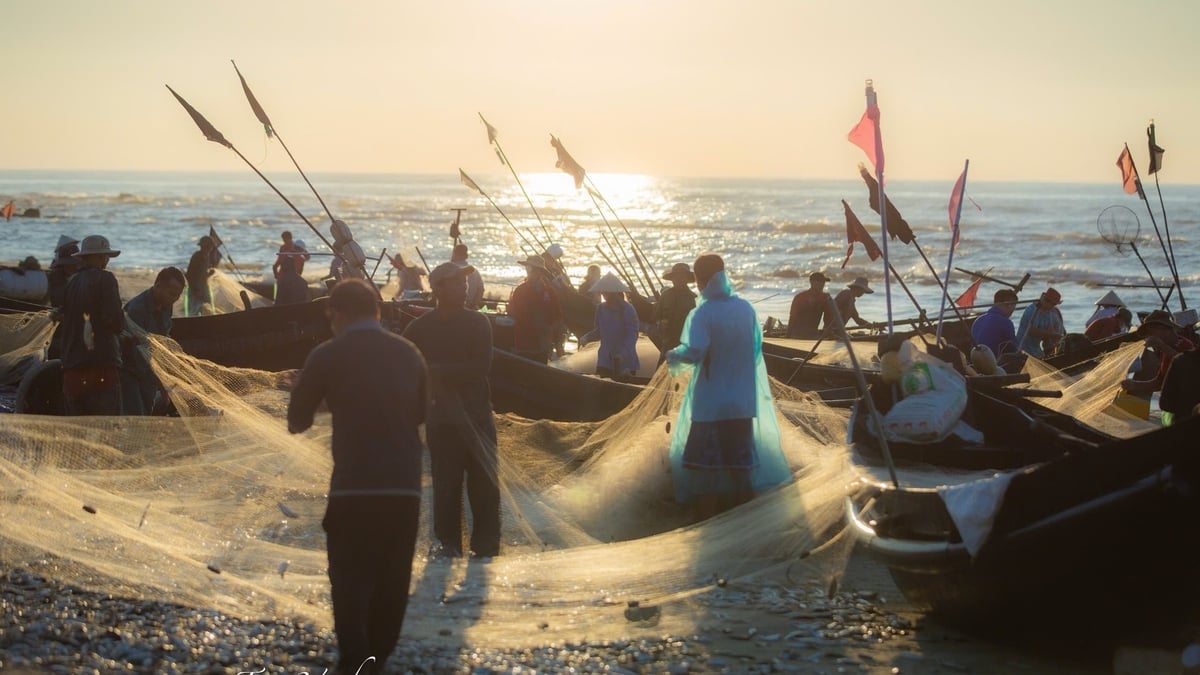
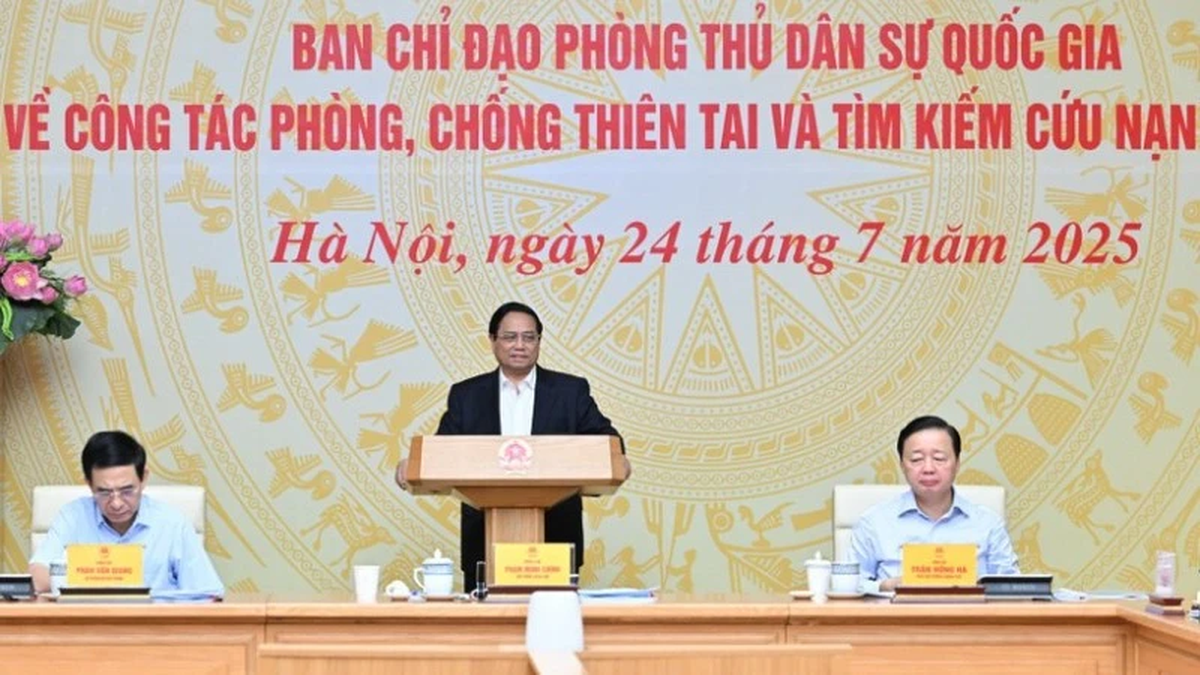
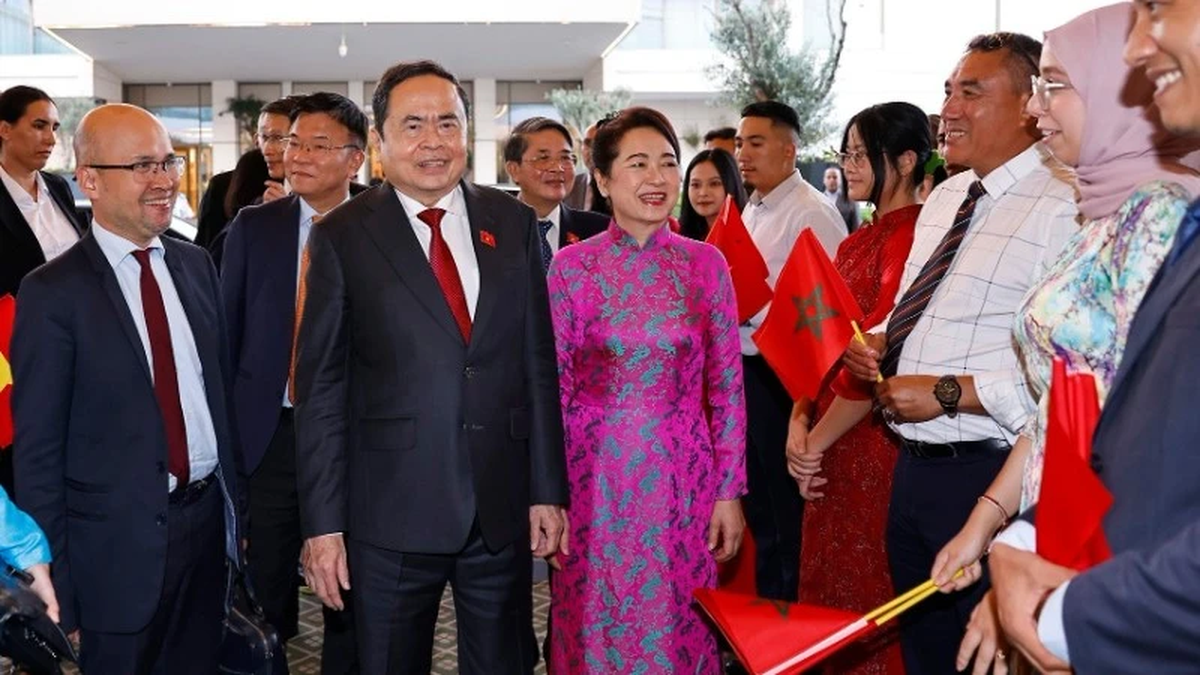

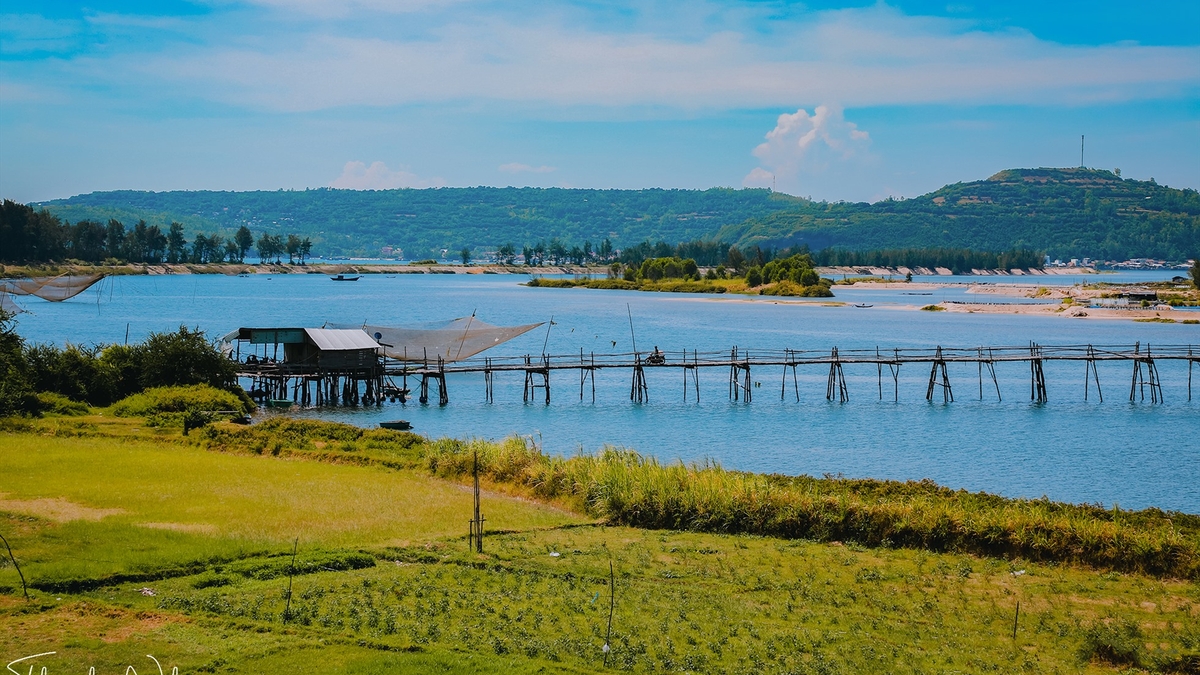
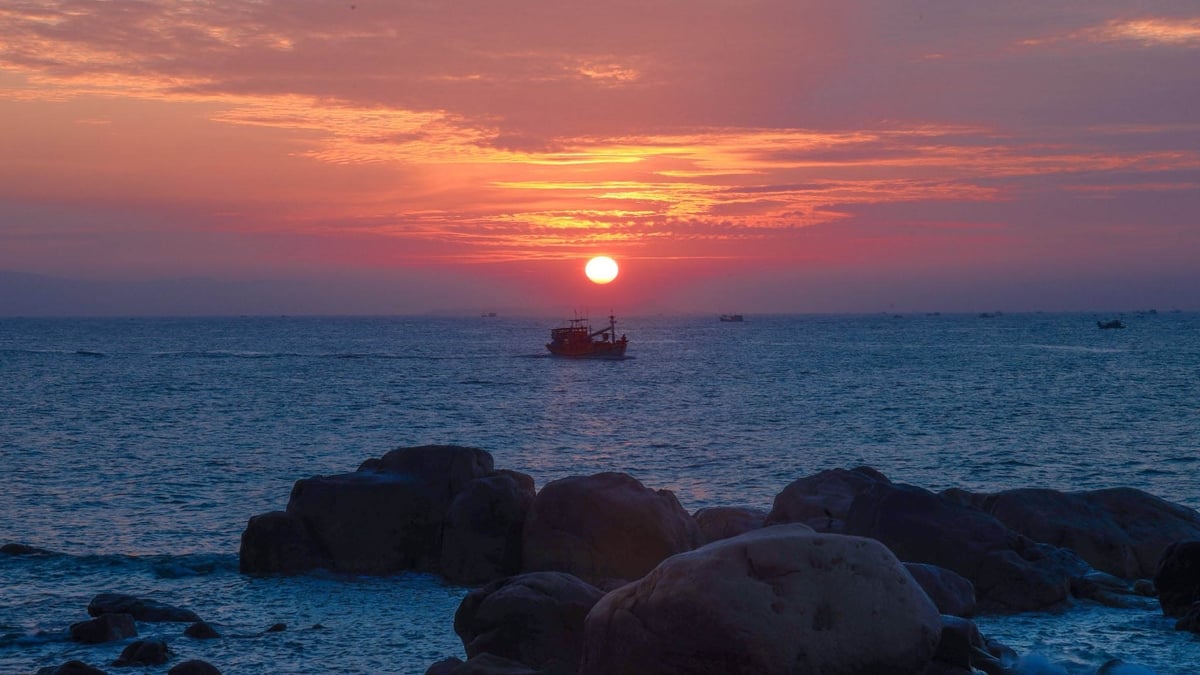


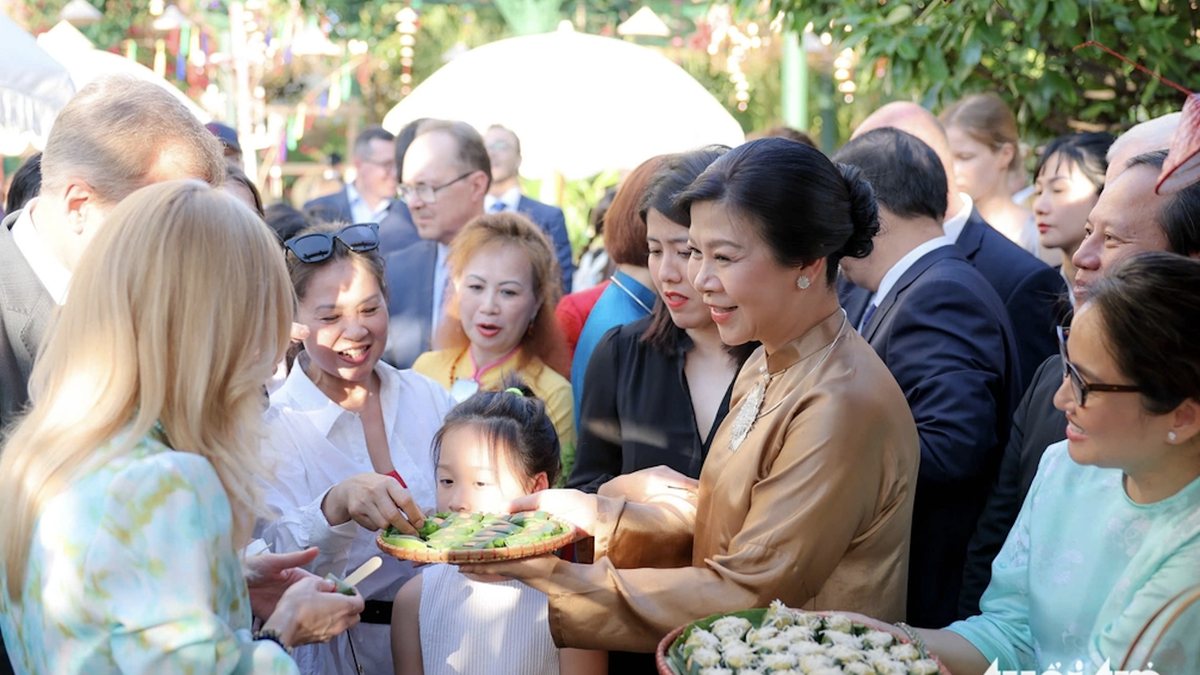
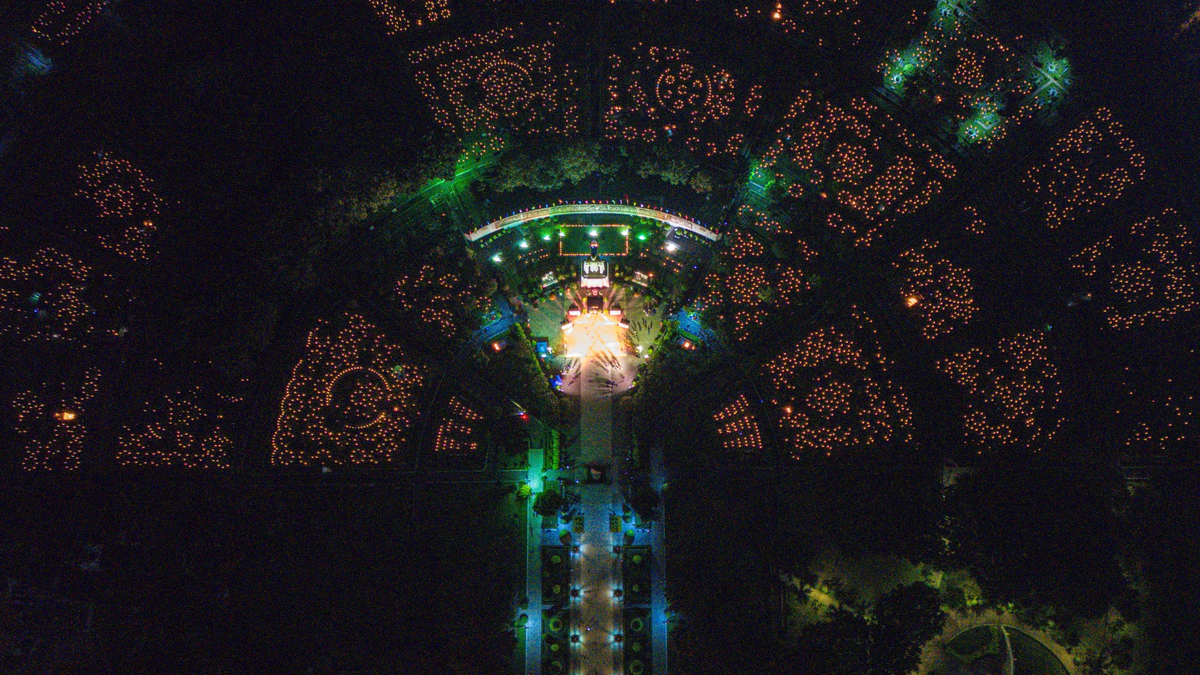


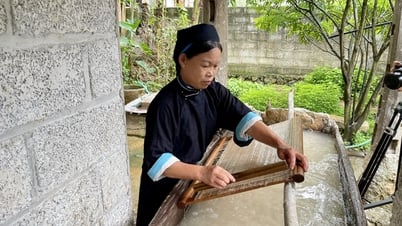

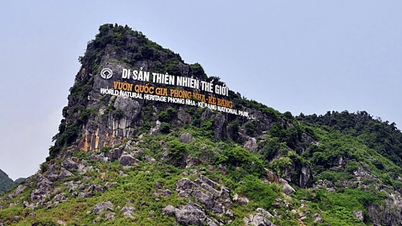

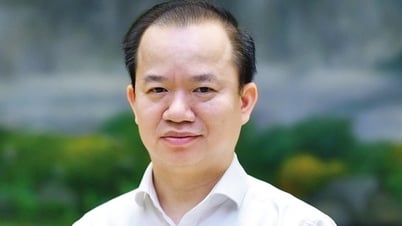

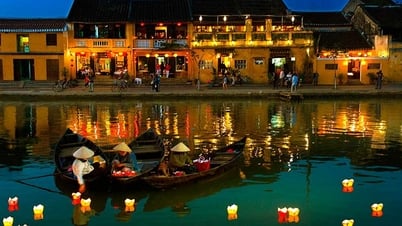

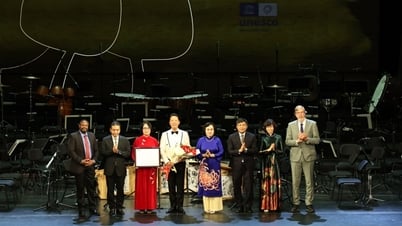

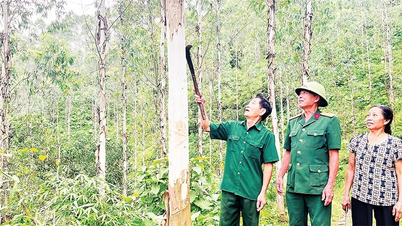



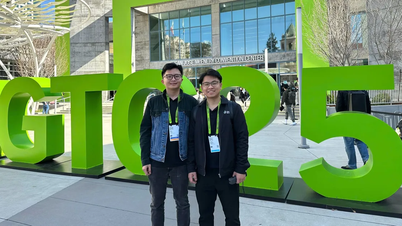

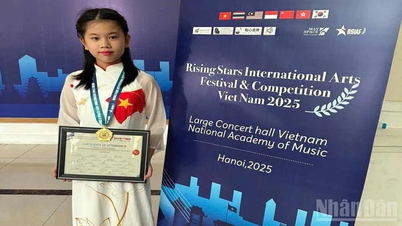

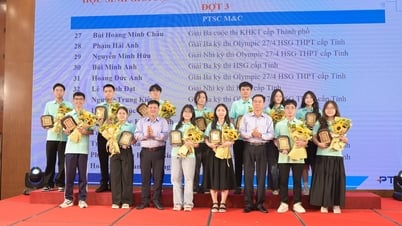



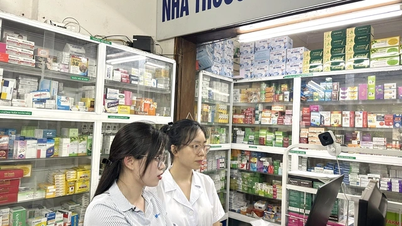
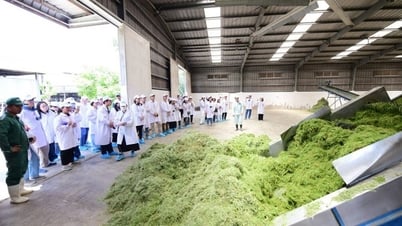

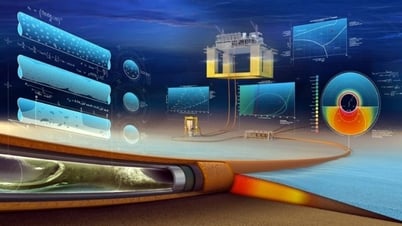
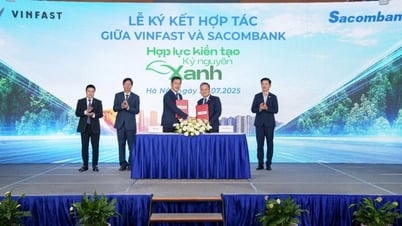

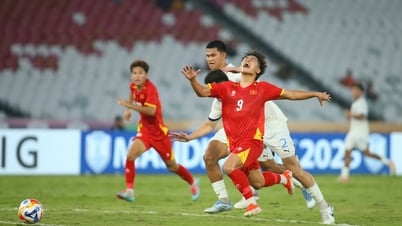



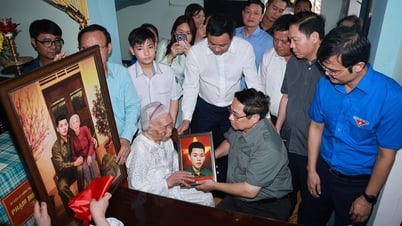
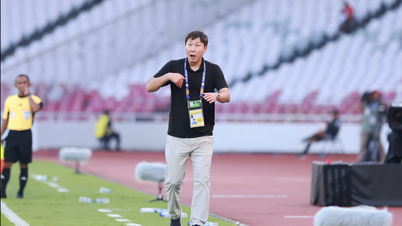




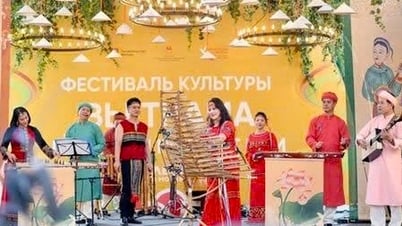
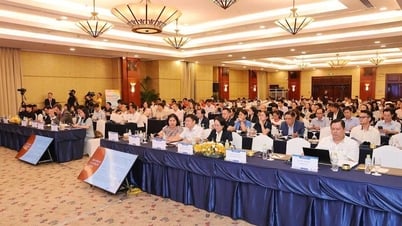

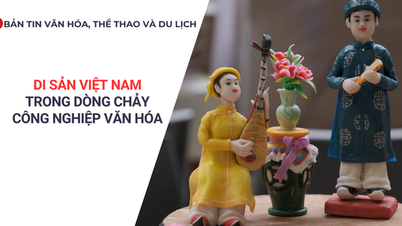
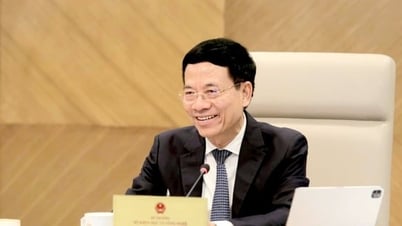

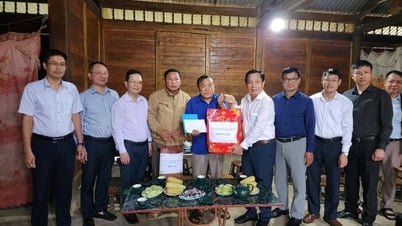
















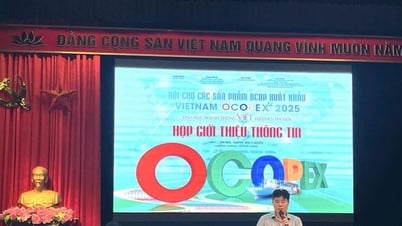


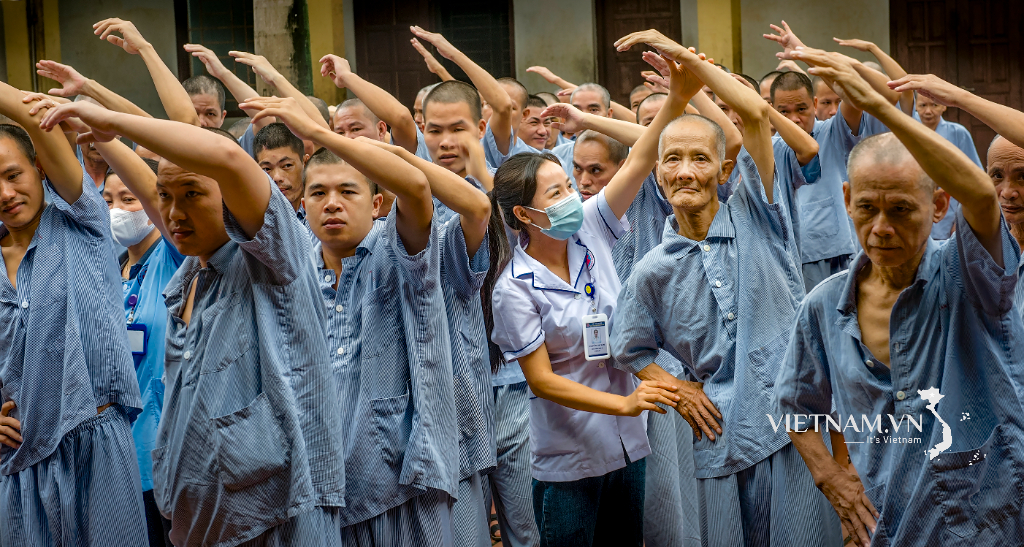
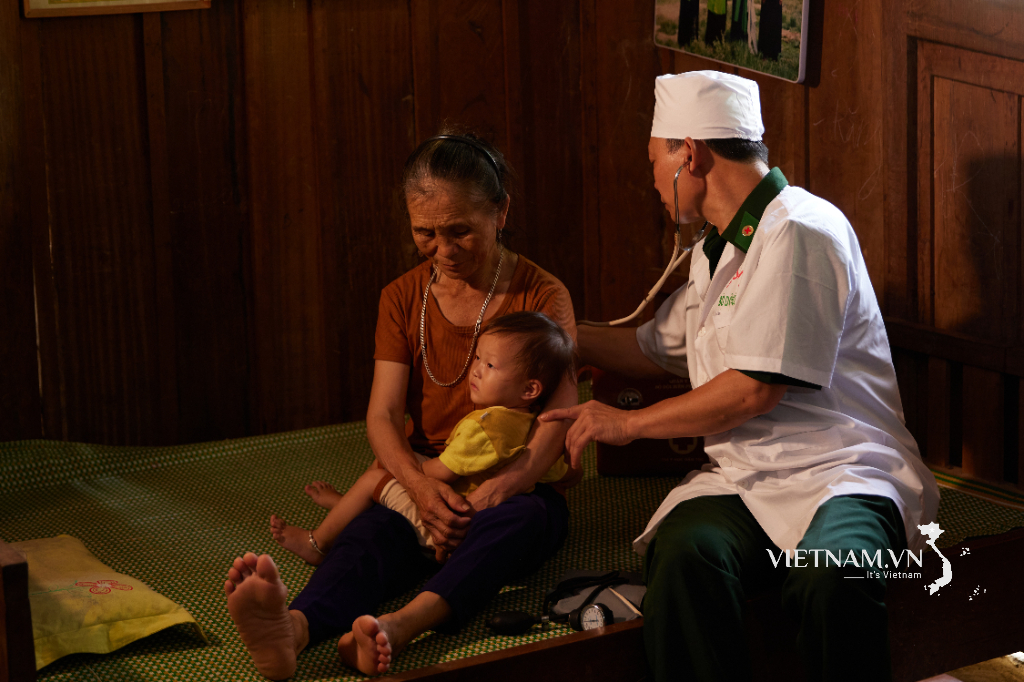


Comment (0)